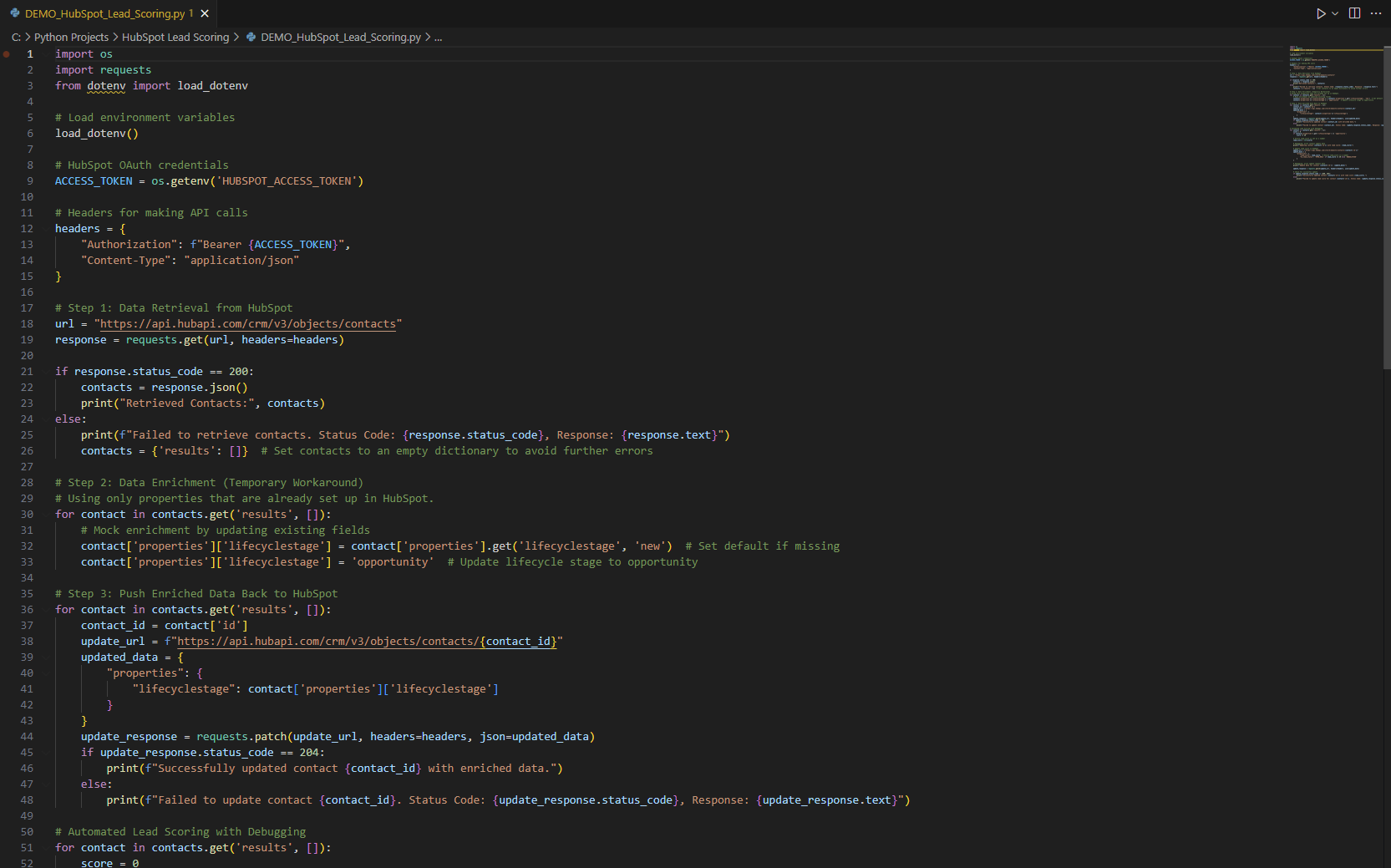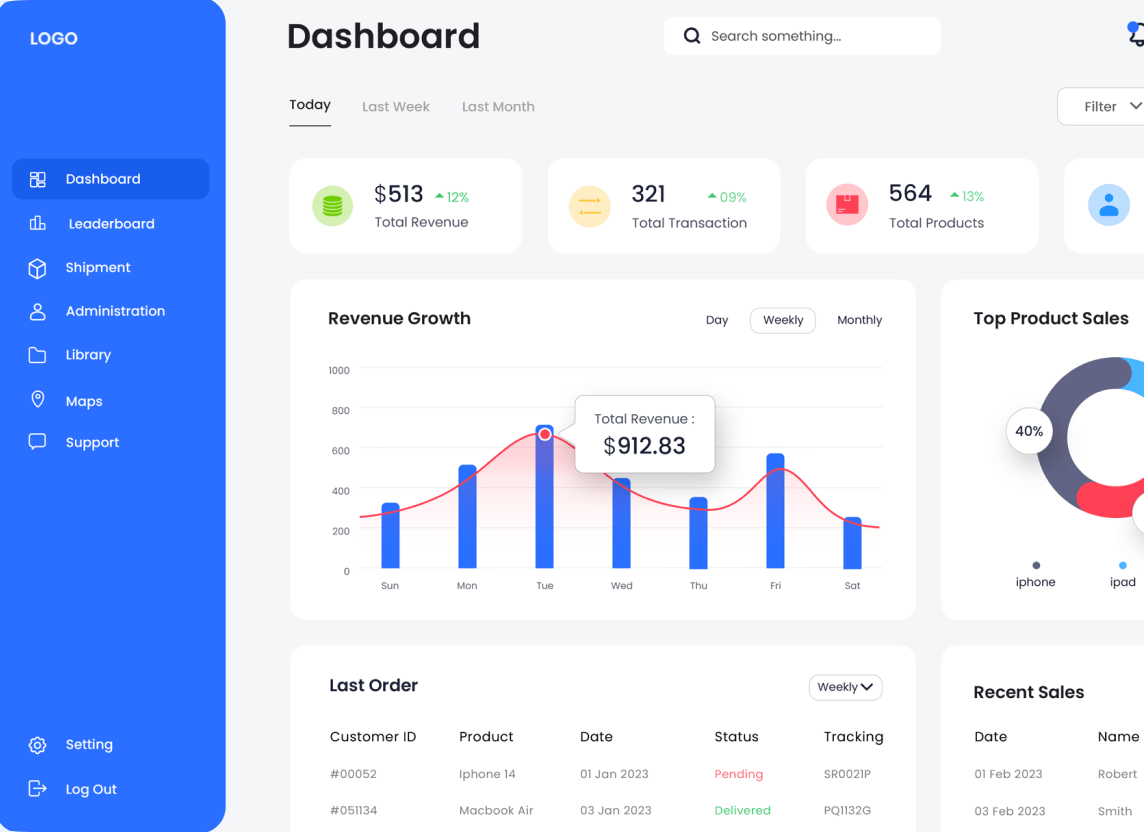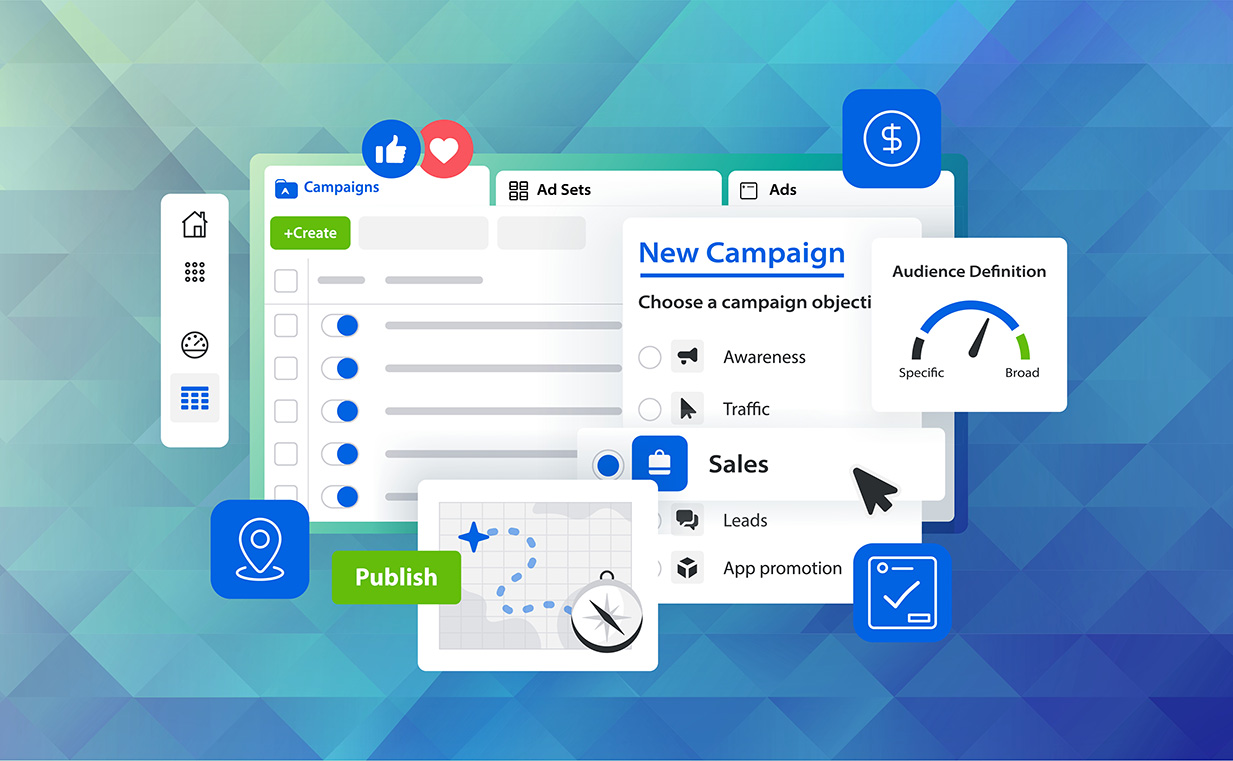In the ever-evolving realm of business and technology, the integration of artificial intelligence (AI) has emerged as a pivotal force that is profoundly reshaping numerous industries, such as marketing and advertising. In this article, we will dive into the many ways AI is revolutionizing marketing strategies.
Navigating Artificial Intelligence in Marketing
In this section, we’ll explore three key facets: data-driven decision-making, customer personalization, and the elevation of customer interactions through chatbots and virtual assistants.
Let’s hop in and unravel the transformative impact of AI in reshaping the marketing landscape.
Data-Driven Decision Making: Navigating the Sea of Information AI’s unparalleled ability to process and analyze massive datasets in real-time has propelled data-driven decision-making to new heights.
In marketing, this ability empowers businesses to make informed decisions based on a deep understanding of consumer behavior, preferences, and emerging trends.
By harnessing AI marketing tools, marketers can optimize their campaigns, ensuring they are not merely targeted but also intricately personalized.
Example application: A retail company utilizes AI algorithms to analyze customer purchase history, browsing patterns, and social media interactions. The insights gained enable the marketing team to tailor promotional offers to individual customers, greatly increasing the likelihood of conversions.
Customer Personalization: Crafting Tailored Experiences Thanks to AI, the era of generic marketing messages is fading away.
Marketers now have the power to create highly personalized content for each individual consumer.
At the heart of AI, machine learning algorithms analyze customer interactions, predict preferences, and deliver tailor-made content that resonates profoundly with the audience. This personalized approach not only enhances customer engagement but also fosters lasting loyalty.
If you use Spotify, you can already see elements of this with their AI DJ tool.
Example application: An online streaming service employs AI to analyze user preferences, viewing habits, and genre choices. Based on this data, the platform recommends personalized content to each user, enhancing the overall user experience and keeping subscribers engaged.
Chatbots and Virtual Assistants: Elevating Customer Interactions AI-powered chatbots and virtual assistants have become indispensable tools in customer service and engagement.
Armed with natural language processing capabilities, these AI marketing tools understand and respond to customer queries in real time, providing instant support. Marketers leverage chatbots to enhance user experience and guide potential customers seamlessly through the intricacies of the sales funnel.
Example application: An e-commerce website integrates a chatbot that assists customers in real time. The chatbot answers product-related queries, provides order status updates, and even suggests additional items based on the customer’s browsing history, thus delivering a seamless and personalized shopping experience.
The Revolution of AI in Advertising
In this section, we’ll dive into three pivotal dimensions of artificial intelligence in marketing: programmatic advertising, predictive analytics, and visual recognition and content creation. Join us as we uncover the revolutionary influence of AI and marketing in redefining advertising strategies.
Programmatic Advertising: Automation for Precision Driven by AI, programmatic advertising involves the automated buying and placement of digital ads in real time.
AI algorithms meticulously analyze user behavior and data to optimize ad placements, thereby ensuring they reach the right audience at precisely the right moment. This not only increases the efficiency of ad campaigns but also maximizes the return on investment for businesses.
Example application: An online travel agency utilizes programmatic advertising to target potential customers with personalized vacation packages. AI algorithms analyze user behavior, such as previous travel searches and preferences, to display ads showcasing destinations and deals tailored to individual interests.
Predictive Analytics: Anticipating Future Trends AI’s predictive analytics capabilities empower advertisers to forecast future trends and consumer behavior.
By delving into historical data, AI algorithms identify patterns and make predictions about the effectiveness of different advertising strategies. This foresight enables marketers to allocate resources strategically and stay ahead of the competition.
Example application: A fashion retailer uses predictive analytics to forecast upcoming fashion trends. By analyzing historical sales data, social media trends, and industry influencers, the retailer can proactively stock and promote items that align with the predicted trends, staying ahead in the competitive market.
Visual Recognition and Content Creation: AI’s Artistic Touch AI has revolutionized content creation in advertising by introducing visual recognition technology.
This technology analyzes images and videos, providing marketers with insights into the visual elements that resonate most with their audience. Furthermore, AI-driven tools can generate creative content autonomously, saving valuable time and resources for marketers.
Example application: A social media marketing team employs visual recognition technology to analyze user-generated content. AI identifies the most engaging visual elements, enabling the team to create visually appealing and shareable content that resonates with the target audience.
Balancing the Pros and Dangers of the Use of AI in Marketing
While exploring the transformative impact of artificial intelligence and the use of AI in marketing and advertising, we must remain mindful of advantages and potential pitfalls as we navigate this nuanced and ever-shifting landscape.
On the positive side, AI brings enhanced efficiency, personalized experiences, data-driven insights, optimized advertising, and innovative content creation. These aspects empower marketers to make strategic decisions, connect with consumers on a personal level, and maximize the effectiveness of campaigns.
However, the integration of AI also brings concerns, including privacy issues due to extensive data usage, biases in algorithms perpetuating discrimination, overreliance on technology affecting human creativity, and security risks associated with increased connectivity.
To build an ethical and innovative future in marketing and advertising, it is imperative to strike a balance between harnessing the benefits of AI and addressing the challenges it brings.
The integration of AI into the realm of marketing and advertising is fundamentally reshaping the dynamics of how businesses engage and connect with their target audiences.
AI has introduced a paradigm shift, moving beyond traditional approaches to marketing by infusing data-driven insights, predictive analytics, and personalized experiences into the core of strategic decision-making.
This evolution transcends conventional outreach methods, enabling businesses to forge more meaningful and tailored connections with their audiences.
With its ability to process vast datasets in real time, AI offers a deep understanding of consumer behaviors, preferences, and emerging trends.
This nuanced comprehension allows businesses to craft campaigns that are not merely targeted but also intricately personalized, thus fostering a resonance that transcends generic messaging.
The integration of AI and marketing, therefore, represents a pivotal moment in the evolution of the marketing and advertising industry, where technology becomes a catalyst for fostering more profound and authentic connections between businesses and their audiences.







